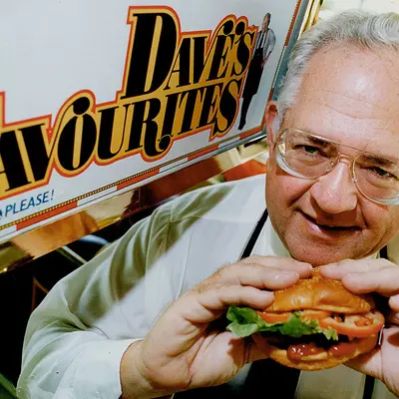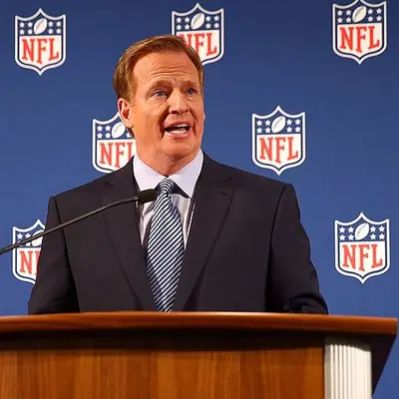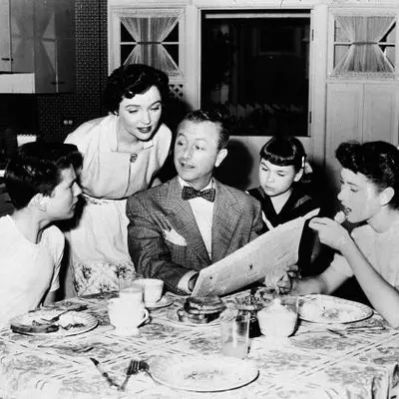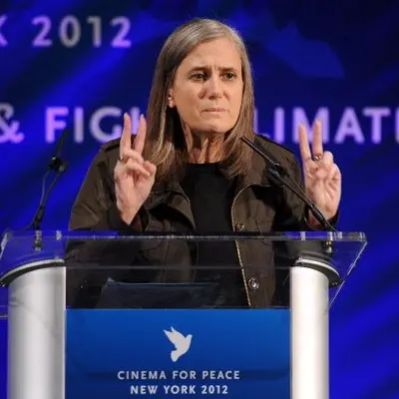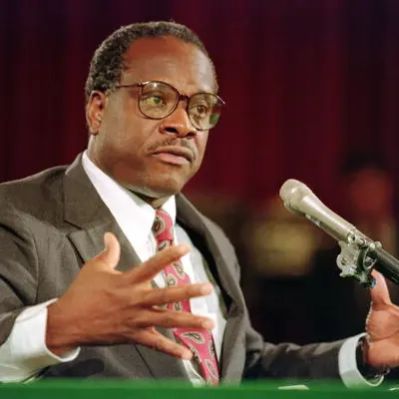What Is Calvin Richard Klein’s Net Worth?
Calvin Richard Klein, the American fashion designer renowned for his minimalist aesthetic and iconic brand, boasts a substantial net worth estimated at $800 million as of 2025. This wealth is primarily derived from his successful fashion empire, Calvin Klein, Inc., and strategic real estate investments.
Calvin Klein’s Career and Financial Milestones
Klein’s journey to becoming a fashion mogul began in 1962 as an apprentice at suit manufacturer Dan Millstein. He honed his skills over five years, designing for various shops in New York City. This foundational experience paved the way for his entrepreneurial venture.
In 1968, Calvin Klein and his childhood friend Barry K. Schwartz launched their company, which would eventually become Calvin Klein, Inc. Klein spearheaded the artistic vision and design, while Schwartz managed the business operations. Their initial focus was on women’s suits, coats, dresses, and sportswear. Securing a deal with Bonwit Teller department store after a merchandiser was impressed by his line marked a significant early milestone.
The 1970s saw Klein’s brand gaining prominence, with features in “Vogue” and “Harper’s Bazaar.” In 1974, he ventured into denim, launching his signature jeans to compete with established brands like Gloria Vanderbilt. This expansion broadened his market reach and revenue streams.
Expanding into underwear design in 1982 was a pivotal move for Calvin Klein. He later diversified into swimwear, eyewear, and other accessories, further solidifying his brand’s presence across various product categories. The late 1980s marked his entry into the fragrance market, with the launch of Obsession and Eternity, which became highly successful and contributed significantly to his income.
The 1990s presented financial challenges for Calvin Klein, Inc. A bailout from record and film producer David Geffen provided crucial support during this period. Ultimately, in 2003, Klein and Schwartz sold their company to Phillips-Van Heusen for a combination of $400 million in cash, $30 million in stock, and the potential for $300 million in royalties and bonuses. This sale marked a major turning point in Klein’s career, allowing him to capitalize on his brand’s long-term success.
Real Estate Holdings
Calvin Klein’s real estate portfolio has been a significant contributor to his net worth. In 1987, he and his then-wife, Kelly Rector, purchased an oceanfront mansion in East Hampton for $3.6 million. This 8.5-acre property, dating back to the 1890s, was sold in July 2021 for a substantial $85 million, demonstrating a significant return on investment.
In 2003, Klein acquired an oceanfront property in Southampton for $30 million. He subsequently demolished the existing structure and custom-built a modern mansion. This property was sold to hedge fund billionaire Ken Griffin in February 2020 for $84 million, reflecting the high value of luxury real estate in the Hamptons.
Additionally, in July 2000, Klein purchased a 12,000-square-foot penthouse in New York City’s West Village for $14 million. He also acquired a 9,000-square-foot mansion in the hills above Los Angeles’ Sunset Strip in 2015 for $25 million. These real estate investments highlight Klein’s diversification strategy and contribute to his overall net worth.
Marketing Strategies and Brand Impact
Calvin Klein’s success is closely tied to his provocative and memorable marketing campaigns. He was known for pushing boundaries and generating controversy, which helped maintain public interest in his brand. One example of this was Calvin Klein being the first to design women’s underwear that looked like men’s boxer-briefs, which at the time, was seen as risqué.
His television ads and billboards, featuring figures like Brooke Shields proclaiming, “Nothing comes between me and my Calvins,” were widely discussed and sometimes banned due to concerns about the models’ ages. These campaigns, though controversial, significantly boosted brand recognition and sales. This kind of strategic thinking bolstered his brand recognition and created long term financial success.
The advertising for Calvin Klein’s fragrances, such as CK One and CK Be, also challenged societal norms. While some ads were criticized for glamorizing drug culture and sexualizing teens, they nonetheless generated substantial buzz and sales. Calvin Klein’s willingness to take risks and challenge conventional advertising norms played a key role in the success of his brand.
Accolades and Recognition
Calvin Klein’s contributions to the fashion industry have been recognized with numerous awards. He has received three Coty Awards and earned the Council of Fashion Designers of America Award in 1982, 1983, 1986, and 1993. These accolades underscore his influence and impact on the fashion world.
Personal Life
Calvin Klein’s personal life has also garnered media attention. He married textile designer Jayne Centre in 1964, and they divorced in 1974. They have a daughter, Marci Klein, who has worked as a producer on “Saturday Night Live” and “30 Rock.” Klein later married his assistant Kelly Rector in 1986, but they separated in 1996 and divorced in 2006. Calvin Klein has spoken about relationships with both women and men, and does not define himself by a specific sexual orientation.
Klein has faced personal challenges, including struggles with drug and alcohol abuse. He completed his first rehab program in Minnesota in 1988 and another program in Arizona around the time of the sale of Calvin Klein Inc. These experiences, while personal, have also shaped his public image and contributed to his overall story.
Calvin Klein is an active supporter of the Democratic Party, donating to political campaigns and causes. His political engagement reflects his broader involvement in society and his commitment to various social issues.
 Net Worth Ranker
Net Worth Ranker











